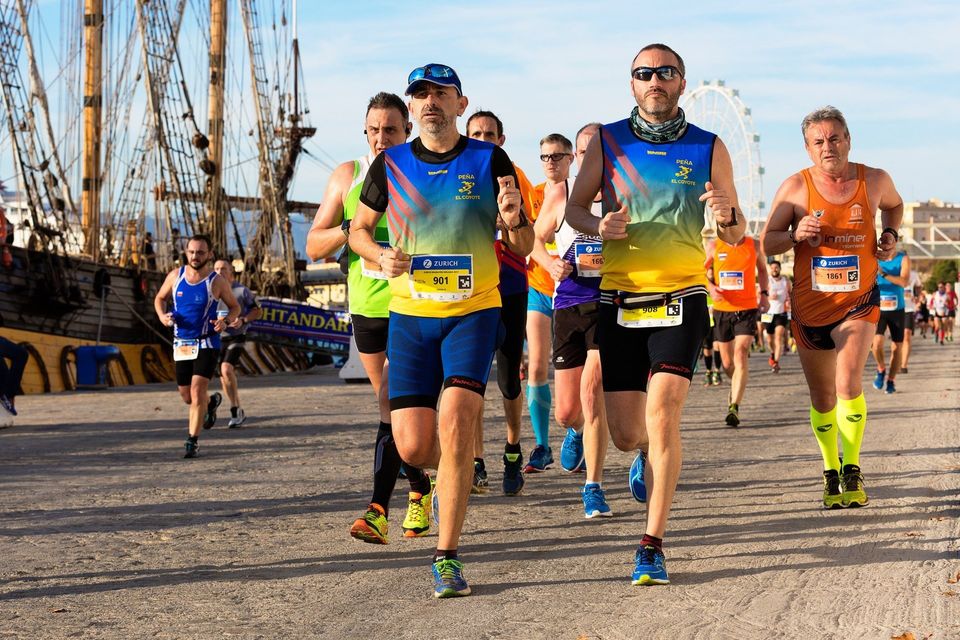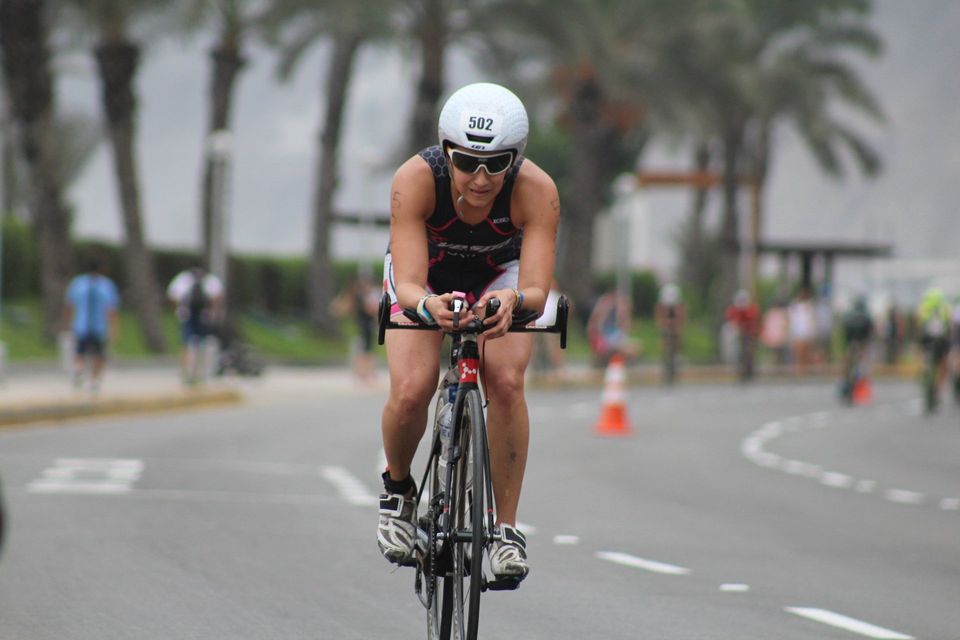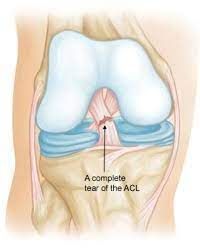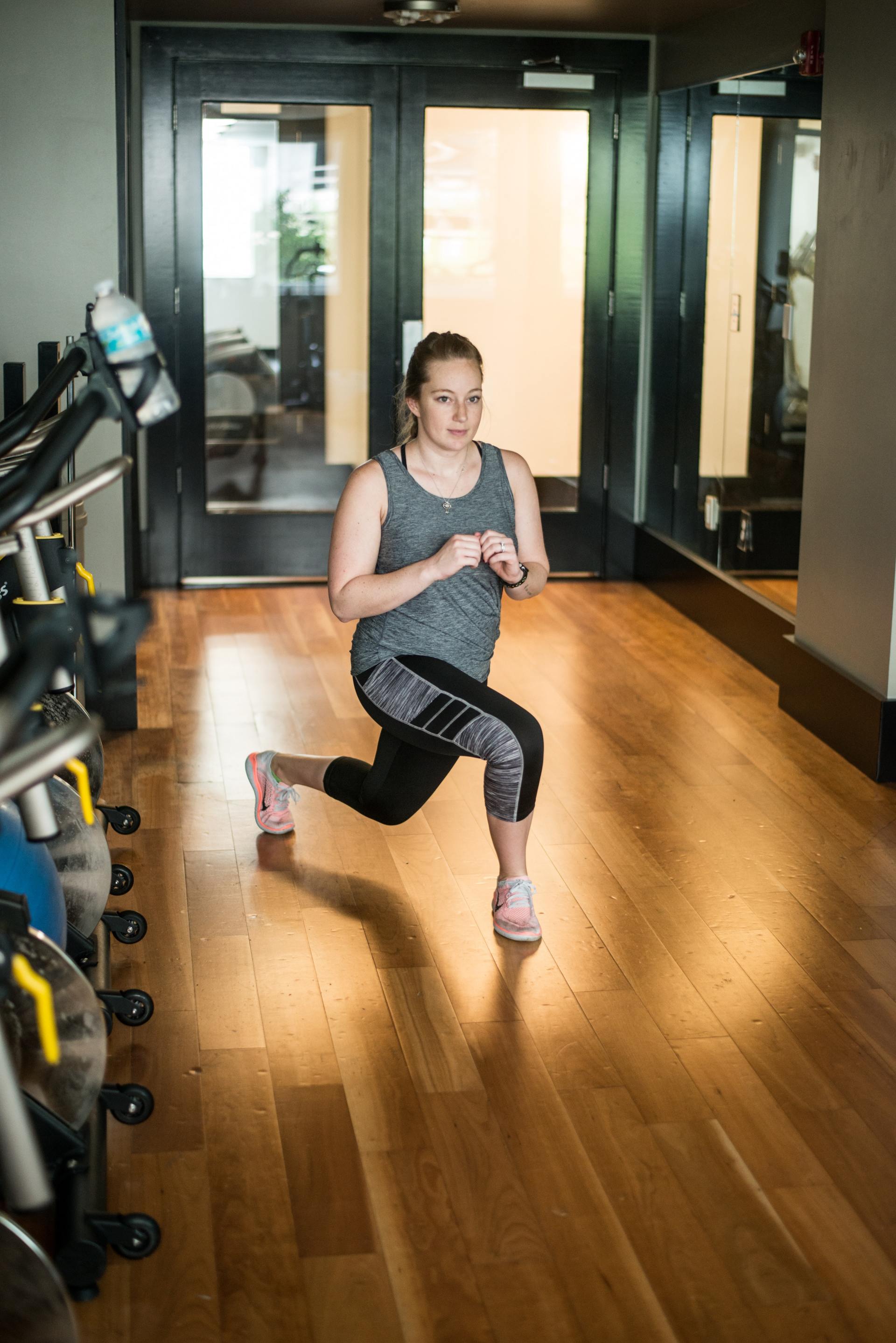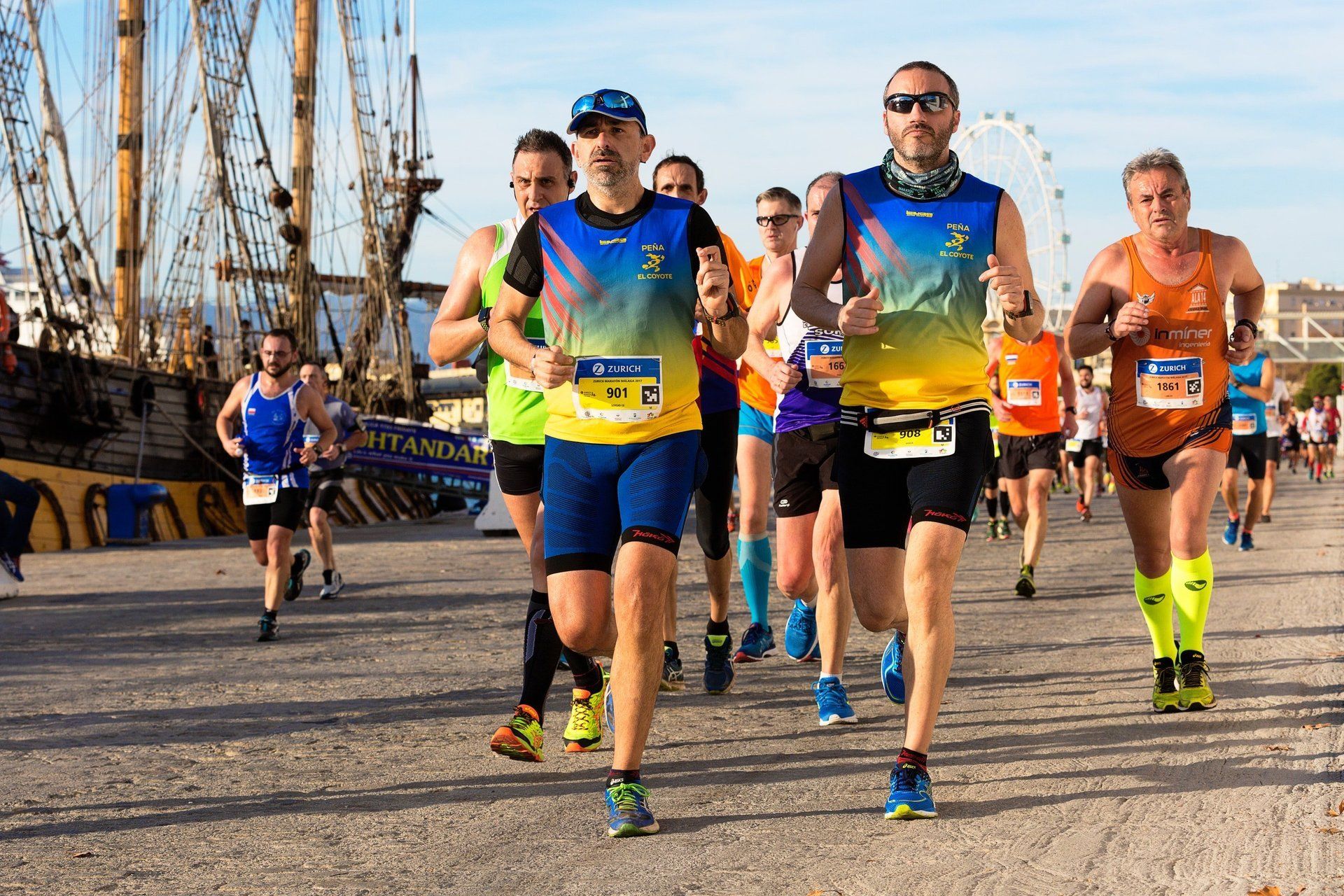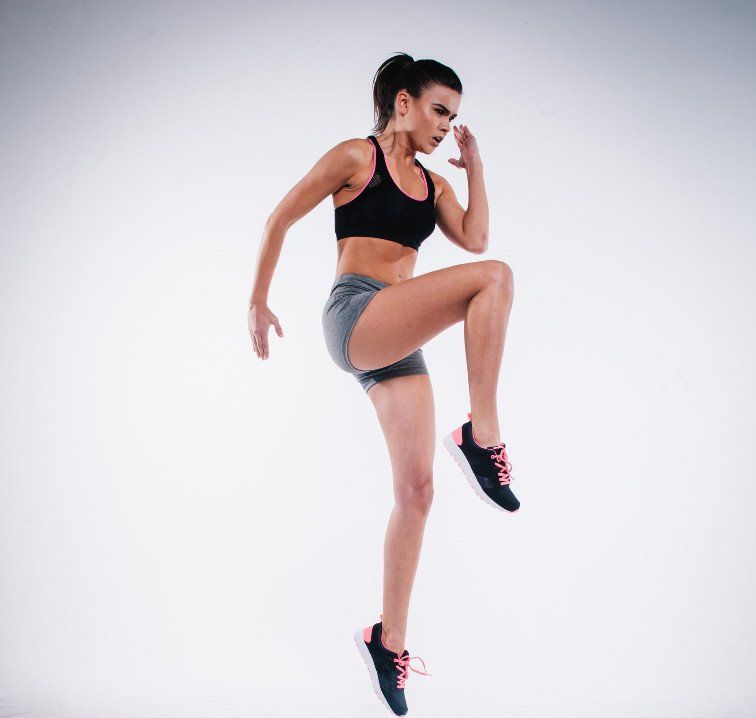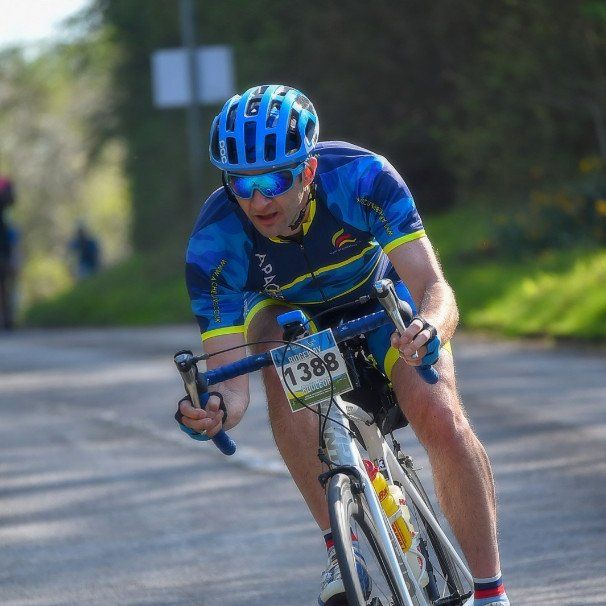Maximum Aerobic Function
Fitness Training Slower for Maximum Benefit
The Basics of MAF Training
MAF Training stands for M aximum A erobic F unction Training. Most people train by pace or speed and many have the "No pain no gain" attitude. If they haven't trained fast, trained hard and broken into a sweat then they feel that they haven't gained any benefits. Actually, what people don't realize, is that by doing most of your training slowly, you are in fact strengthening all your body systems. You will be less likely to get injured and over time you will become a stronger and faster athlete.
Using MAF training, your heart rate will dictate your training
and how fast you should go and not the other way round. The higher your heart
rate, the more stress your body is under so by training with a lower heart
rate, you are aiming to reduce stress but at the same time you will be
improving your training efficiency. With
MAF Training, you train by heart rate as opposed to speed and pace.
If any of the following resonates with you, then read on as
MAF training might be right for you:
- You are a new athlete.
- You are an older athlete.
- You often have sports related injuries.
- You want to reduce your injury risk.
- You are less enthusiastic about your sport than you used to be.
- You dread speed work.
- Your race times have slowed or you are just not improving.
- You lead a stressful lifestyle.
- You want to improve your overall health.
- You are gaining weight in spite of extra exercise.
How will MAF training make you a better athlete?
We have 2 systems in our body for providing energy. The aerobic system and the anaerobic system.
Aerobic system:
The aerobic system uses oxygen to provide energy to your muscles. As you breathe in, your body uses the oxygen it needs to power the muscles, and then as you exhale, your body gets rid of what it does not need in the form of carbon dioxide and water.
Anaerobic system:
The anaerobic system comes into play when there is not enough oxygen for your needs, such as when you are training hard and fast and your muscles are crying out for energy to keep them going. In this case, as there is not enough oxygen, the muscles start to break down their supply of sugar in order to create the energy that you need. The byproduct of this process is lactate. Normally the body can get rid of these byproducts but without enough oxygen to help clear it up, the lactate builds up and you end up with that burning pain in your muscles.
Try this test:
- Find a flat area like a sports field or park and walk around it for 5 minutes. If you can talk or sing whilst walking and without getting out of breath, then you are probably using your aerobic system. Your body and muscles are engaged but they are not stressed and you could go on walking for a long time.
- Now run around for 5 mins so that you can feel your heart rate rising and you are unable to have a proper conversation without gulping for air. Chances are you are now using your anaerobic system. Your body does not have enough oxygen for its energy needs and is starting to use the glucose in your muscles to provide energy. This glucose over time will run out and you will then tire.
How great it would be if you could train fast around that sports field and not get out of breath and not have your heart rate (HR) shooting up. Well that is where MAF training comes in.
The theory behind MAF training is to build up your aerobic system so that your body can train faster and faster at a lower HR and delay the time when your body needs to use the anaerobic system. This means you can train longer and faster before your body begins to tire. Not only is this a much more comfortable feeling, but there is far less stress on your body which means far less risk of injury.
MAF training not only results in you training faster at a lower heart rate but it also helps develop lots of other systems in the body.
These include:
- Your heart muscle gets stronger.
- Your mitochondria (the parts of cells that turn the sugars, fats and proteins that we eat, into forms of usable chemical energy) increase, which means more energy for your muscles.
- Your physical stress levels decrease.
- Since there is less stress on your body, you can train for longer. This is great if you are training for a longer endurance event.
Calculating your MAF Heart Rate
Using a specific formula based on age and current health, you calculate your MAF training HR and you do ALL your training (to begin with) based on your HR. Your HR and time on your feet are the most important aspects. Forget pace and speed. As a general rule your MAF HR is 180 minus your age. You can make some modifications to this rule depending on several factors.
So if for example you are aged 50 and are in good health, then your MAF heart rate will be 180-50 = 130. Your MAF range for training will be 120-130 beats per minute.
MAF Training and More…
You may be wondering whether you have to do MAF training all the time and forever. That depends on what your goals are. If you are happy training slower, are enjoying the benefits and are feeling in good health, than perfect, stay with MAF.
For those that like to race, you also need to stress your body with some speed-work every now and then. This gives you a mental boost more than anything but does also reminds your muscles that they can perform fast if they want to.
Richard Watson
Sports Therapist


